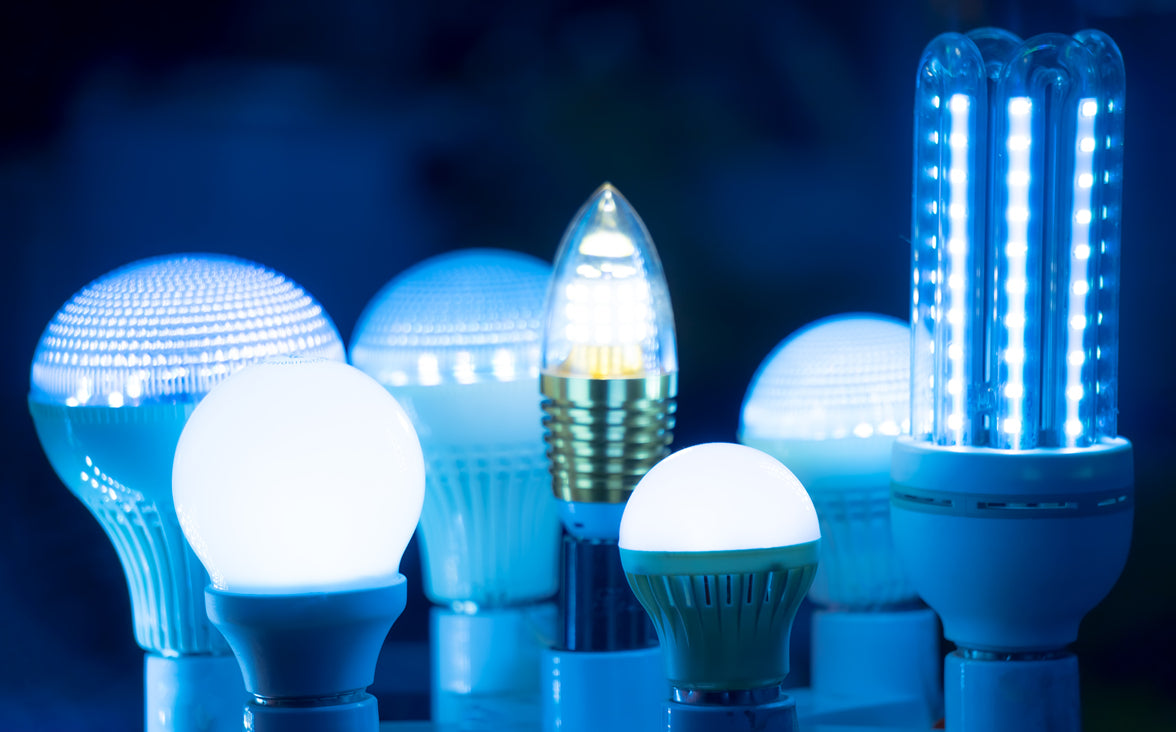Understanding the Health Effects of LED 60Hz Flicker
LED lights have gained popularity due to their energy efficiency and long lifespan. However, one aspect of LED lighting that often goes unnoticed is the presence of flicker. Flicker refers to the rapid and repeated changes in light intensity, and it can have various health effects. In this blog post, we will explore the health effects of LED 60Hz flicker and help you understand its impact on your well-being.
Firstly, it’s important to understand what causes LED flicker. LED lights operate on direct current (DC) but are often powered by alternating current (AC) in homes and offices. To convert the AC to DC, LED lights use various electronics, such as drivers. The frequency at which the current alternates is known as the flicker frequency, usually measured in Hertz (Hz). A typical AC power supply in most countries operates at 60Hz, which means the current alternates 60 times per second.
The 60Hz flicker from LED lights is often imperceptible to the naked eye, but it can have negative health effects, especially for individuals who are light-sensitive or suffer from certain medical conditions. Here are some of the health effects associated with LED 60Hz flicker:
1. Eye discomfort and fatigue: The rapid changes in light intensity can strain the eyes, leading to eyestrain, dryness, and fatigue. Prolonged exposure to flickering lights may also contribute to headaches and migraines in some individuals.
2. Reduced visual performance: LED flicker can negatively impact visual performance, especially when engaging in visually demanding tasks such as reading or working with screens. This can result in decreased productivity and potential errors.
3. Sleep disturbances: Exposure to LED flicker at night or in the evening can interfere with the body’s natural circadian rhythm, potentially leading to sleep disturbances. The disruption of the sleep-wake cycle can impact overall sleep quality and may contribute to insomnia symptoms.
4. Photosensitive epileptic seizures: A small segment of the population is susceptible to photosensitive epilepsy, a condition characterized by seizures triggered by certain light stimuli. 60Hz flickering lights, including LED lights, can potentially trigger seizures in individuals with this condition.
To minimize the health effects of LED 60Hz flicker, consider taking the following steps:
1. Opt for high-quality LED lights: Choose LED lights from reputable manufacturers that meet industry standards for flicker-free performance. Look for lights marked with “flicker-free” or “low flicker” labels.
2. Use dimmers and filters: Install dimmers or filters to reduce the flicker effect when using LED lights. These devices can help stabilize the light output and minimize flicker.
3. Adjust lighting levels: Ensure proper lighting levels in your environment. Avoid overly bright or dim LED lights, as they can increase the perception of flicker and strain the eyes.
4. Take regular breaks: If you work in an environment with LED lighting, take regular breaks to rest your eyes and reduce the potential strain caused by flickering lights.
By understanding the health effects of LED 60Hz flicker and implementing preventive measures, you can minimize its impact on your well-being. Choosing high-quality LED lights and ensuring proper lighting levels will allow you to enjoy the benefits of LED technology while maintaining a healthy environment for your eyes and overall health.











